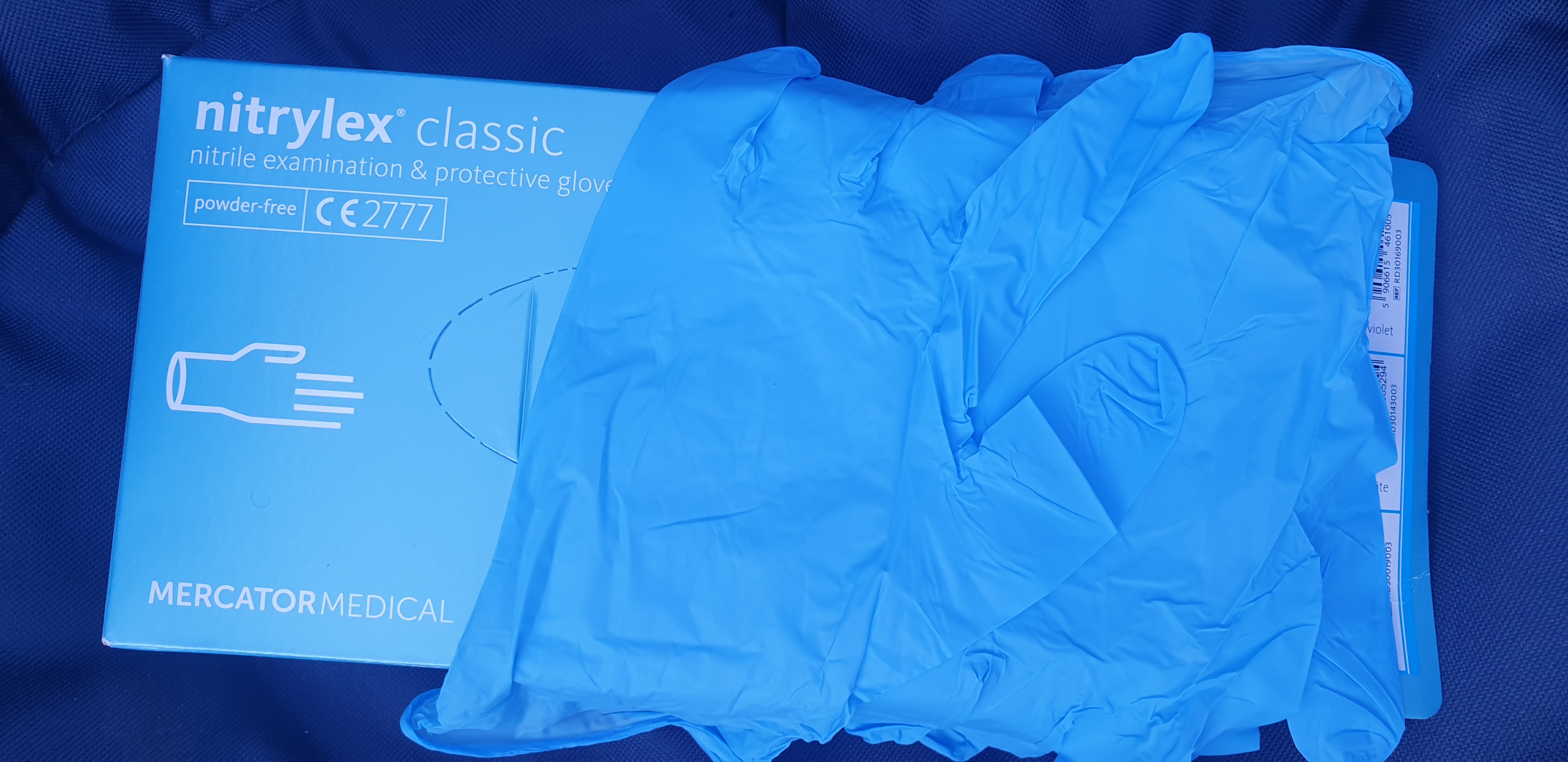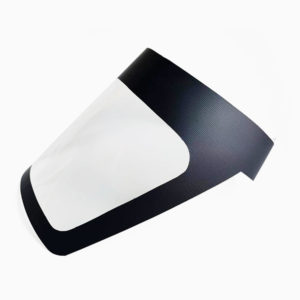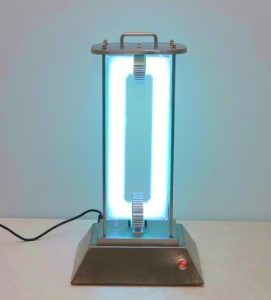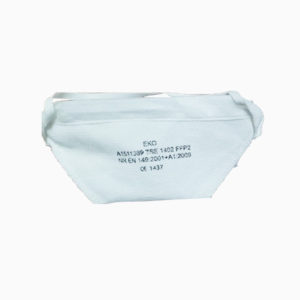$0.00
Glove type: examination and protective non-sterile powder-free glove
Raw material: nitrile
Colour: ink
Powdering agent: none
External surface: textured at the fingertips
AQL: ≤1.5
CE classification: Medical Device Class I, Personal Protective Equipment Category I
Quantity in a packaging: 100 pcs/10 × 100 pcs; 200 pcs/10 × 200 pcs
Distinctive feature: non-transparent
Sizes: S, M, L, XL
Recommendation: veterinary medicine, beauty and hair salons, contact with food, automotive and mechanical industry, electronic and printing industry, small assembly works, household work.
Description
Medical gloves
Medical gloves are a basic medical device – they are a form of personal protective equipment that is commonly used in health care centres. They play a key role in infection control procedure.
Latex gloves
Rubber is extracted from a tree called Hevea brasiliensis, and after suitable treatment, the milky sap used to make latex is obtained. Currently, 90% of latex is produced in Asia. This raw material is widely used in industry, including the production of disposable gloves.Latex gloves are characterized by:
• high flexibility and softness,
• durability and comfort of use,
• excellent tactile sensitivity that gives the feeling of “second skin”.Due to the fact that they are made of natural raw material, latex gloves are biodegradable and environmentally friendly. Latex proteins can cause type I hypersensitivity; therefore, the material is not recommended for people with a tendency to allergy.
Synthetic gloves – latex-free
Although natural latex is still the dominant raw material the surgical gloves are produced of, synthetic materials are gaining more users, due to the increasing demand, their resistance in contact with chemicals, and the occurrence of latex allergy.
Nitrile gloves
Nitrile, or acrylonitrile-butadiene rubber (NBR), is a material made of organic chemicals. The production process of this raw material has been modified, thanks to which it can compete with natural rubber.Nitrile gloves are an ideal alternative to gloves made of natural material.
Nitrile gloves:
• do not contain latex proteins,
• have a minimal content of vulcanisation accelerators.The minimized content of chemical accelerators reduces the risk of type IV hypersensitivity.
Vinyl gloves
Vinyl is one of the materials obtained from PVC. Thanks to its properties, polyvinyl chloride (PVC) is widely used in many branches of industry.Vinyl gloves are skin-friendly for users prone to hypersensitivity type I and IV.
Neoprene gloves
Neoprene, also called synthetic rubber, is a raw material obtained from emulsion polymerization of chloroprene (2-chlorobuty-1,3-diene) – polychloroprene.Due to the molecular structure which is close to natural rubber, neoprene provides tactile sensitivity similar to latex products and resistance and strength of the nitrile.The longer a person is wearing a neoprene glove, the more the glove becomes soft and adapts to the shape of the hand, which allows for safe manipulation in the operating field.
Neoprene products are characterized by:
• high flexibility and durability,
• softness,
• easy donning (even with wet hands),
• tightness,
• high level of comfort even during long use.
Neoprene gloves are recommended in procedures requiring a particularly high level of security.
Polyisoprene gloves
Isoprene is an organic chemical compound from the diene family. It is used to obtain synthetic rubber materials (copolymer, isoprene, and isobutane).Isoprene provides users with excellent product quality without latex proteins, thus providing an excellent alternative to latex gloves.
The main features of polyisoprene gloves are:
• high flexibility and durability,
• tactile sensitivity,
• fit to the hand,
• high tightness of the raw material,Due to the molecular structure close to latex, isoprene provides users with all the advantages of a latex glove, with a very low risk of allergic reactions.




